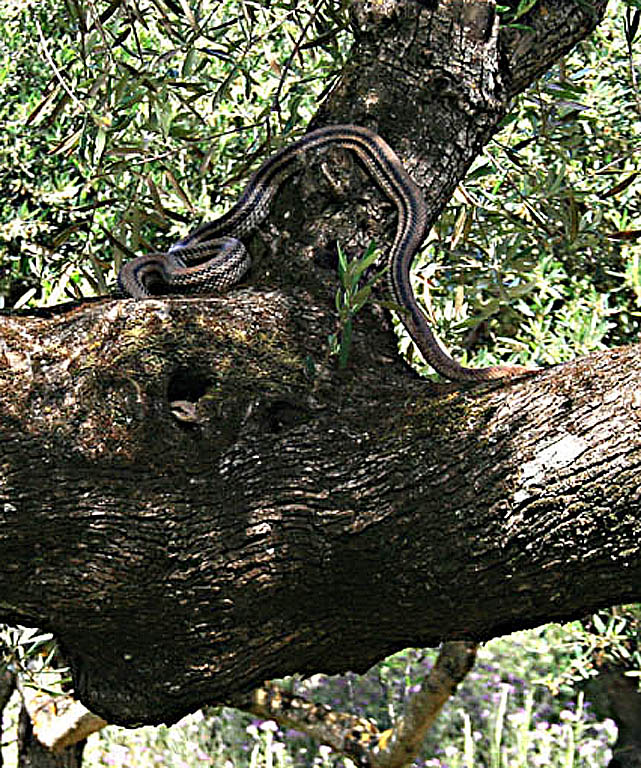Both Landscapes of Madeira and Walk & Eat Madeira ran out of stock in September. Rather than reprint, we decided to do new editions of both, so they would be bang up to date. Although they will be officially published on 1 January 2015, copies will be available from 5 December. A visitor new to the island joined the Sunflower team walking in Madeira for our September updating trip. Here are a few of his random observations…
Landscapes
Forest Fire: The pines are scorched and smashed – discarded remnants of their lush former selves, gaunt sentinels in line up the hillside. The young eucalypts, arrogant usurpers, take over the vacant niche. Human beings follow much the same pattern – but not, apparently, in Madeira. The elderly still have their place – watching the world – and the walkers – go by … until it’s time to till the soil or get the family meal or say a prayer.
The Pinnacle: It stood out against the brooding sky and the crashing waves, an oasis of calm as the road traffic sped by, ignoring it. The Madeirans – of course – carved a chapel into it.

The Old Fort: Excavating the river mouth – to protect against future mudslides – they came across the foundations of an old fort. Clearly, in the recent washout, Mother Nature had repeated herself. She deserves the respect she is now being given.
The View: The dome of the NATO radar base, perched on the top, disturbs the view for nobody. It’s always shrouded in mist. I wish I could say the same for the wind farm.
The Rockfall: I could have walked around it or through it but – impressive as I imagined it to be, with thumping great boulders among the smaller rocks and the bits and pieces, I felt it wiser to stay in safer territory – as the barrier clearly indicated to road traffic… If another fall like that one landed on me, it would be likely to ruin my entire day.
The Levadas: Walking along the flat clay, cooled by the flowing stream, it’s easy to forget the working conditions of the men who built the first ones… and the price many of them paid to give the land its irrigation and me my comfort and pleasure.
Belladonnas: The pink flowers – growing at between 300m and 900m above sea level – weave a loving band around Madeira’s mountains at this time of year.
The Fajã: The only ways of getting there are by sea or by a lift down the cliff… – but supposing we need to get back in a hurry!
People
Language: The volley between two Madeirans, engrossed in their own firmly held convictions as they walked past us, left my Portuguese-speaking companion none the wiser. She hadn’t understood a word… But she guessed it was about football. – Evidently it always is.
Floral Foresters: The first thing they did after completing the concrete road was to plant agapanthus right along both sides of it. They know how to live in beautiful surroundings. The sweet chestnut trees were there already. That helps.
Sugar: Why would a barman grow his own sugar cane? – Of course… He makes his own firewater!
The Business Park: Why did they put it all the way up there? Anything to be stored needs to be taken all the way up and then brought all the way down – and the workers would have to make the same journey. No wonder it’s empty.
Travel in Style:The sledge runs were made for logs to be taken down the mountain. Nowadays they transport no greater a burden than tourists – but that’s burden enough – and the drivers are probably better paid than they used to be (main picture above).
Food
Lunch: On two consecutive days – lunch to die for and lunch to die from. But, still, it’s a good arrangement: they do the walking, I do the eating.
Espada: I’ve seen some ugly fish in my time, John Dory – St. Peter fish in southern Europe – for one. Espada in Madeira runs it a close second. They both taste amazing.

Bananas: Small, curvy and delicious… That’s what bananas should be like. The Madeirans got them right. European Union marketing regulations – as always – got them wrong when they forbade them.
Espetada: How on earth did they discover that laurel leaves bring out the taste? And how can I possibly eat half a heffer? … Ah … I can.
Stuffed Aubergine: What an experience! A culinary feast! Such basic ingredients – but what a chef!





 Madeira’s top walk (thus ‘PR1’) is the traverse from Pico do Arieiro to Pico Ruivo. There are two routes: the westerly trail, which passes through tunnels, and a more strenuous easterly path that climbs over the Torres peaks. The two routes join at a saddle and go on to Ruivo, the island’s highest summit.
Madeira’s top walk (thus ‘PR1’) is the traverse from Pico do Arieiro to Pico Ruivo. There are two routes: the westerly trail, which passes through tunnels, and a more strenuous easterly path that climbs over the Torres peaks. The two routes join at a saddle and go on to Ruivo, the island’s highest summit.









